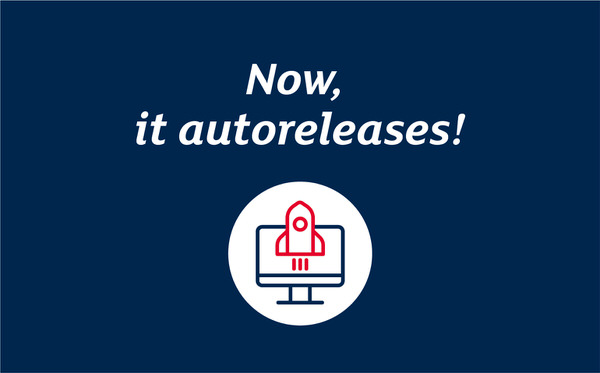Microbiology Time
Microbiology Time – December 2024
In the last Microbiology Time of 2024, we dive into GBS and Artificial Intelligence, new techniques for HLA sequencing, and SARS-CoV-2 monitoring on surfaces.
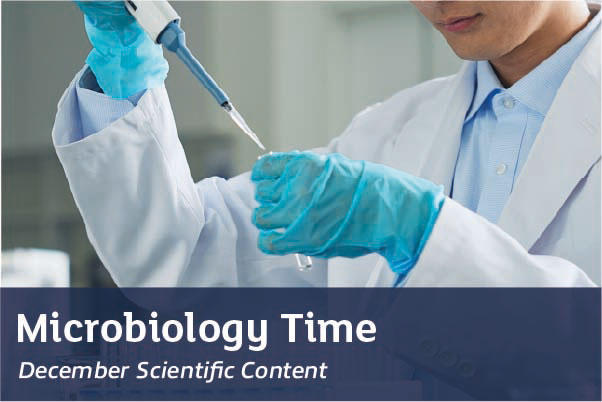
Microbiology Time
The first Colibrí™ in Scandinavia will be installed at Helsinki’s HUS Diagnostic Center
Our partners at Mekalasi Oy accomplished a great goal, installing the first two Colibrí™ picking automation in Scandinavia. Discover more about this successful story!

Microbiology Time
Microbiology Time – January 2024
In the first edition of this year’s Microbiology Time, a paper on a new protocol to rapidly detect SARS-CoV-2 on surfaces, a systematic review on assessing oral swabs as an alternative to sputum for diagnosing pulmonary tuberculosis, and the first paper highlighting the unparalleled value of PhenoMATRIX PLUS in decreasing technologists’ time on negative plates.
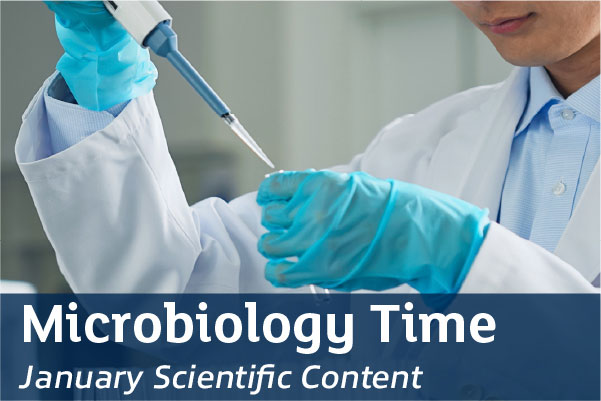
News
Copan’s Artificial Intelligence on Nature Communications
Let’s listen to the Copan people who contributed to the exciting research paper featured in our last Microbiology Time, to understand PhenoMATRIX®’s game-changer performances in enhancing the efficiency and quality of routine activities and decision-making processes in a microbiological lab.
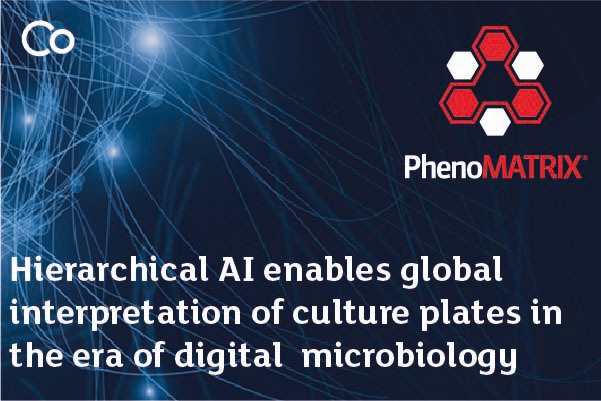
Microbiology Time
Microbiology Time – November 2023
November’s Microbiology Time: what a big shot! This month, our scientific update features not one but two studies published in Nature Journals. Colony picking, vaginal microbiome, and AI plate interpretation: read more about these three papers that can’t be missed!
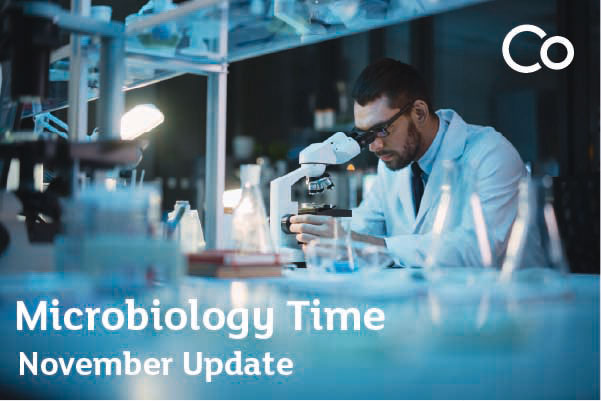
News
Introducing PhenoMATRIX® PLUS
PhenoMATRIX® PLUS is the newest PhenoMATRIX® suite release, designed to automatically segregate positive plates or discard negative plates without technical validation.
